The Buon Go (Go village) weaving project
Ma People (or so called as Chau Ma) is one of the native groups who has been living in Cat Tien District for decades. Through time, Ma people has established smaller groups, such as Mạ Ngăn, Mạ Tô, Mạ Krung or Mạ Sộp…
Buon Go is a small village, inhabited by Ma community, with about 218 people living in 66 houses, including some traditional longhouses made from bamboo and thatch. Although the village is located in the center of Dong Nai town in Cat Tien district, Lam Dong province, the Ma community still retains very distinct cultural features.
In the past, Ma people lived nomadically in large mountainous areas, farming and hunting. Today the land they lived in has been developed into a new economic zone, and the population is dominated by Kinh (ethnic Vietnamese) people. The Ma community has permanently settled in Go village, under the government’s resettlement program. They live on agriculture, mainly growing wet rice and fruit trees.
The Cat Tien National Park Conservation Project partners include Cat Tien National Park, WWF, CARE International, and CRAFT LINK. The project is assisting Ma women weavers to produce traditional textile and new textile products for sale. The participants are receiving training in bookkeeping and management, and are learning to read and write through literacy classes.
The program began by choosing four senior weavers to teach traditional skills to over 20 young women. They still keep the traditional weaving with very rudimentary looms. A special feature of Ma’s textile products is the combination of colorful colors and unique patterns, showing the to the life of the indigenous people.
The income earned from the project will alleviate pressure on forest resources and therefore help the Ma in preserving their natural environment.
The Ma long house
The traditional long house is usually 20 to 40 meters long, and shelters a few families from one clan. Each family has its own door and cooking fire. Nowadays, most people prefer a separate, more private houses. In building a house of any style, the Chau Ma must invite a shaman to make a groundbreaking ceremony. When the house is completed, everyone in the village is invited for a “new house ceremony”.
Due to moving to the resettlement area, there is not any traditional long houses now in Buon Go, all residents live in newly built brick houses.
Marriage and childbirth
Previously, marriages of the Chau Ma people were arranged by their parents. They choose brides and grooms based on health, virtue and ability to work, such as weaving, farming, hunting… Nowadays, young men and women who reach adulthood are free to find life partners. Chau Ma people weddings are held at the groom’s house, usually lasting many days. In the procession, the bride wears traditional clothes, wears jewelry and carries a basket containing some firewood to her husband’s house. During the wedding ceremony, the groom and the bride lie close to each other on the floor in front of their loved ones and are covered with a patterned woven blanket, this is a way to inform everyone about their new family life in the family line.
Children of a Chau Ma family take their mother’s surname. When a woman bears children, her husband must build a hut for her far from the house. If she gives birth to a daughter, she must stay by herself for 6 days. She must remain in the hut for 7 days if she bears a son. On the day she returns home, her baby’s name-giving ceremony is performed.
Traditional weaving in Buon Go
For the needs of daily life, the Ma women weave fabric themselves to make dresses, shirts, loincloths for men, and blankets. The first stage is to drive 4 bamboo poles on the ground to stretch the warp, with each stretch it is only enough to weave a single piece of fabric, with a length of about 2,1 meter. The weaving loom of the Ma is a back-straps loom, very simple, consisting of only 10 to 12 details, which are bamboo slats and tie belts. The warp thread is attached to a system of weft bars, the farthest rod is pushed forward by the feet and the entire warp thread is stretched by a belt tied to the back of the weaver. When weaving they sit on a bamboo floor, a cloth belt attached to the frame is fastened behind their back, and their legs are always stretched to stretch the weaves. Due to the characteristics of the loom, the width of the fabric is limited to about 60 to 80cm. To make larger blankets, they often weave 3 pieces of fabric and put them together.
The traditional weaving technique of the Ma women is quite similar to that of other ethnic groups in the area, using simple back-strap looms. To weave the Geomatric patterns, they apply warp float patterns, which is one of the easy pattern weaving techniques to do. The color of the patterns must be predetermined when framing the warp. The patterns are pre-shaped by inserting horizontal bamboo sticks, marking the pattern position and repeating after completing each weaving circle. Besides this weaving technique, they also have another way of creating patterns, the patterns are added directly on the main textile, this is so called direct supplementary weaving, similar to being “embroidered” at the same time as weaving. This weaving technique is also used on some traditional skirts, loincloths and blankets. The blankets are usually woven with white cotton yarn, the patterns are very rich, created quite liberally, not according to the predetermined frameworks. This is the feature that makes the difference of the Ma textile products from others. The colors of the patterns are usually black, red, yellow, dark indigo blue. Recently their color palette has been added with many new colors, such as: orange, green, lotus pink…
Traditionally, the Ma raised and spun their own cotton and used natural dyes. Traditional dyes included black from the Neiru tree, yellow from Mut, and red from the bark of the Bosil tree. Today, they buy pre-dyed cotton yarn from a factory in Bao Loc district and industrial wool yarns from the local market…
The weaving patterns of the Ma people
The direct supplementary weaving technique helps Ma women to unleash their creativity, not being limited in predetermined frameworks. They can make geometric patterns as well as symbolized pattern from animals, trees, daily used tools to apply to their weaving…The rich patterns can be seen on blankets (Ol Dal), wrap skirts (Oi bul) and loincloths for men. Common patterns on blankets include:
Watch (dong ho); Comb (kot); Umbrella (don ju); Bird (sen); Vessel (dnap); Man (chau); Man on horse (chau ma xe); Man in house (hiu hin ma chau); Buffalo tied to a stake before sacrifice (sa pur)
These motifs have been supplemented over time with new images of helicopters (a repal), long houses with antennae (hiroto) and churches (huu tho)
With the same image, but each astist has a different expression, no need to follow any certain dimension or color. The very prominent and flexible use of colors is also a factor that creates a distinct attraction to the woven textile of the Ma people.
For more information, please click here:https://drive.google.com/drive/u/1/folders/1ccOZZnltkQc8CJ7z4ElMzouvBis2PqDm
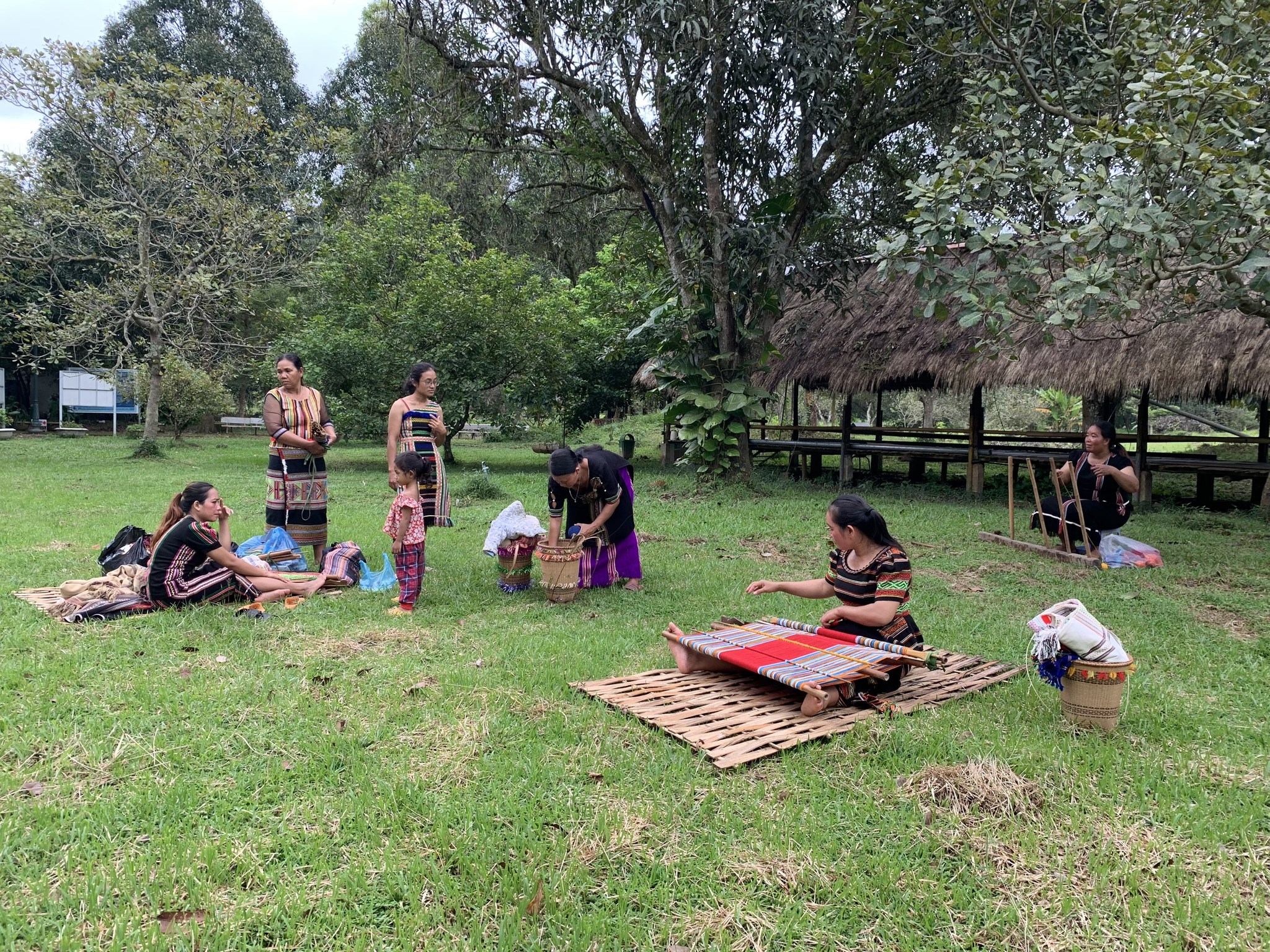
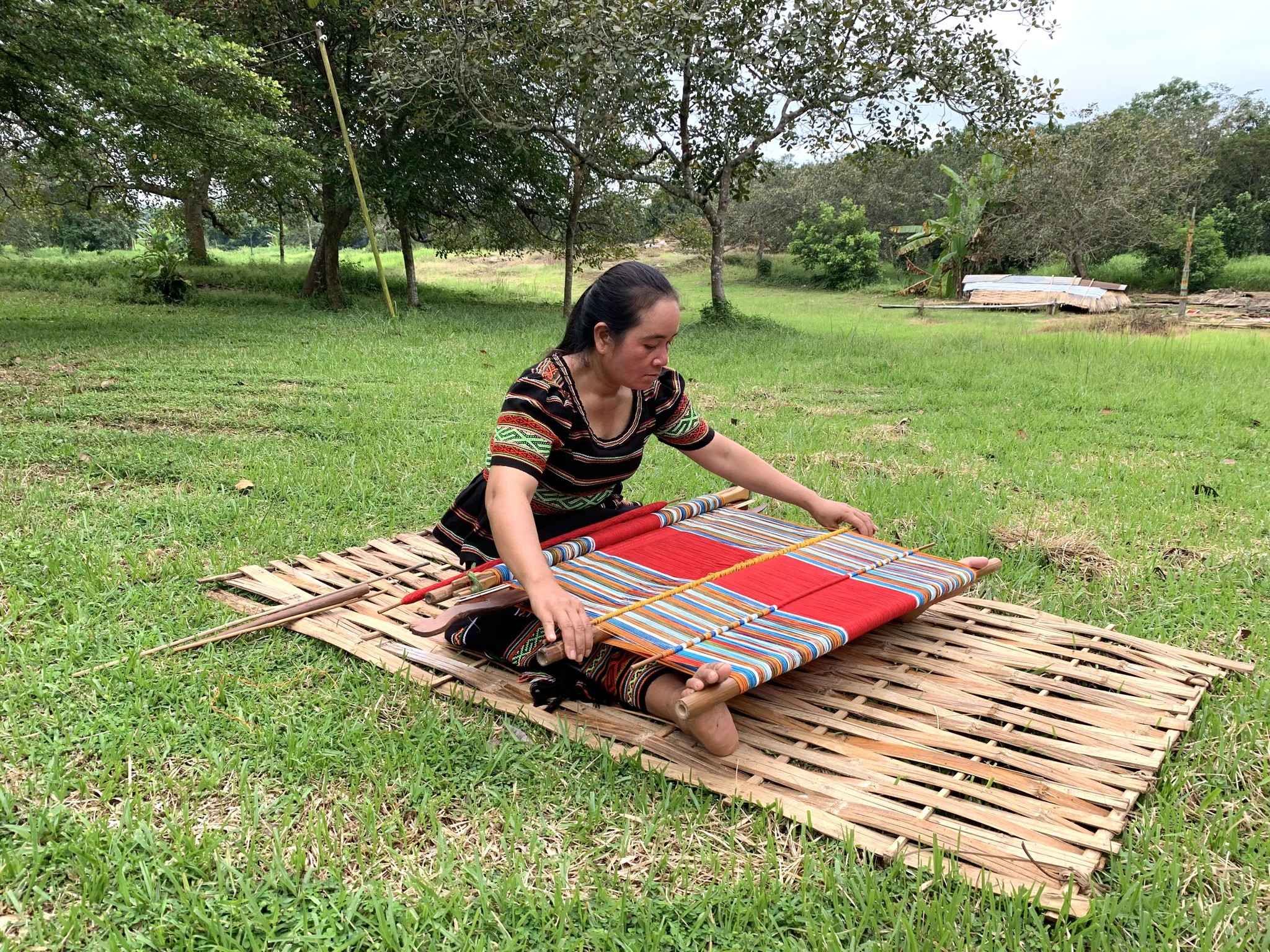
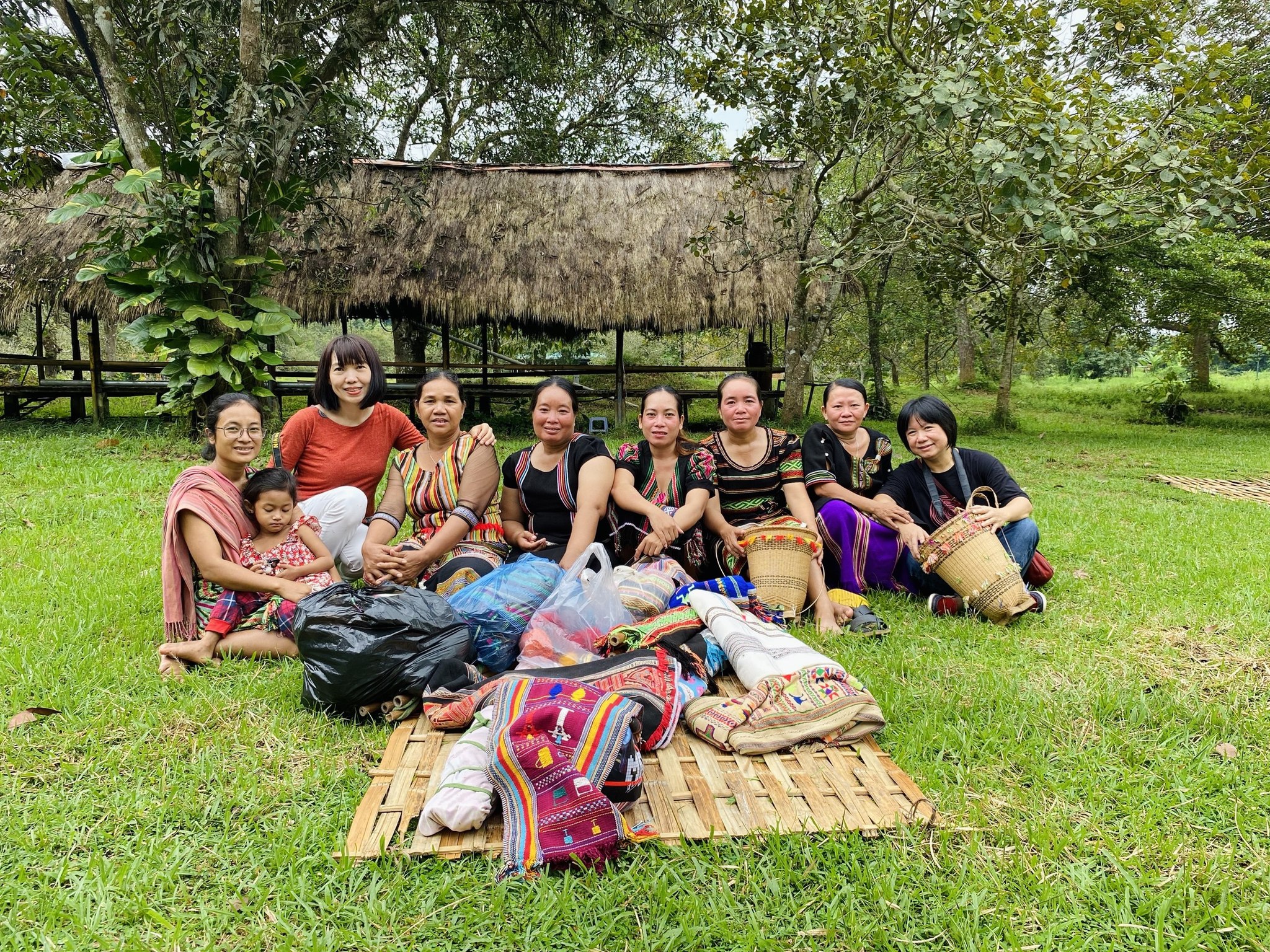
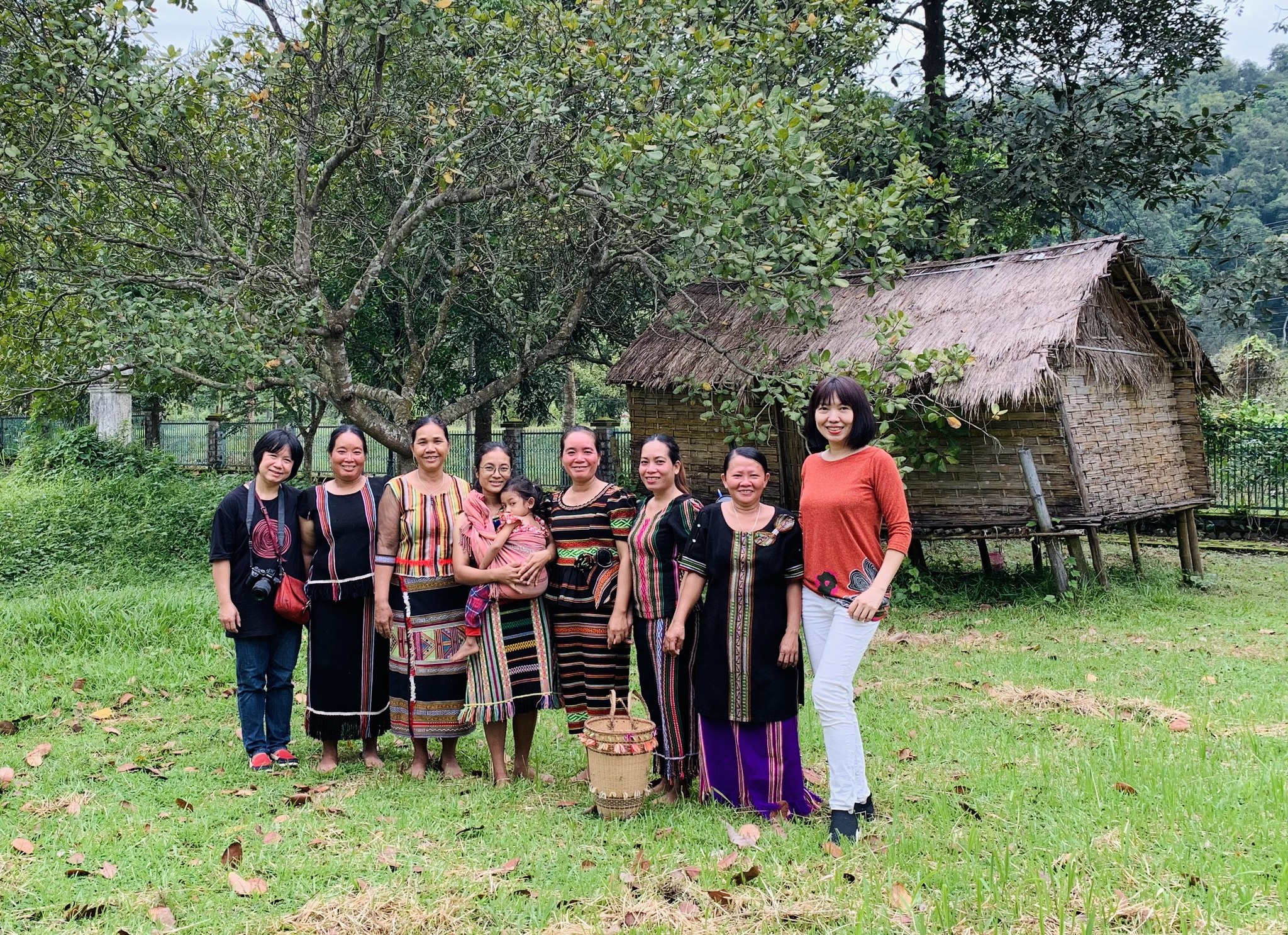


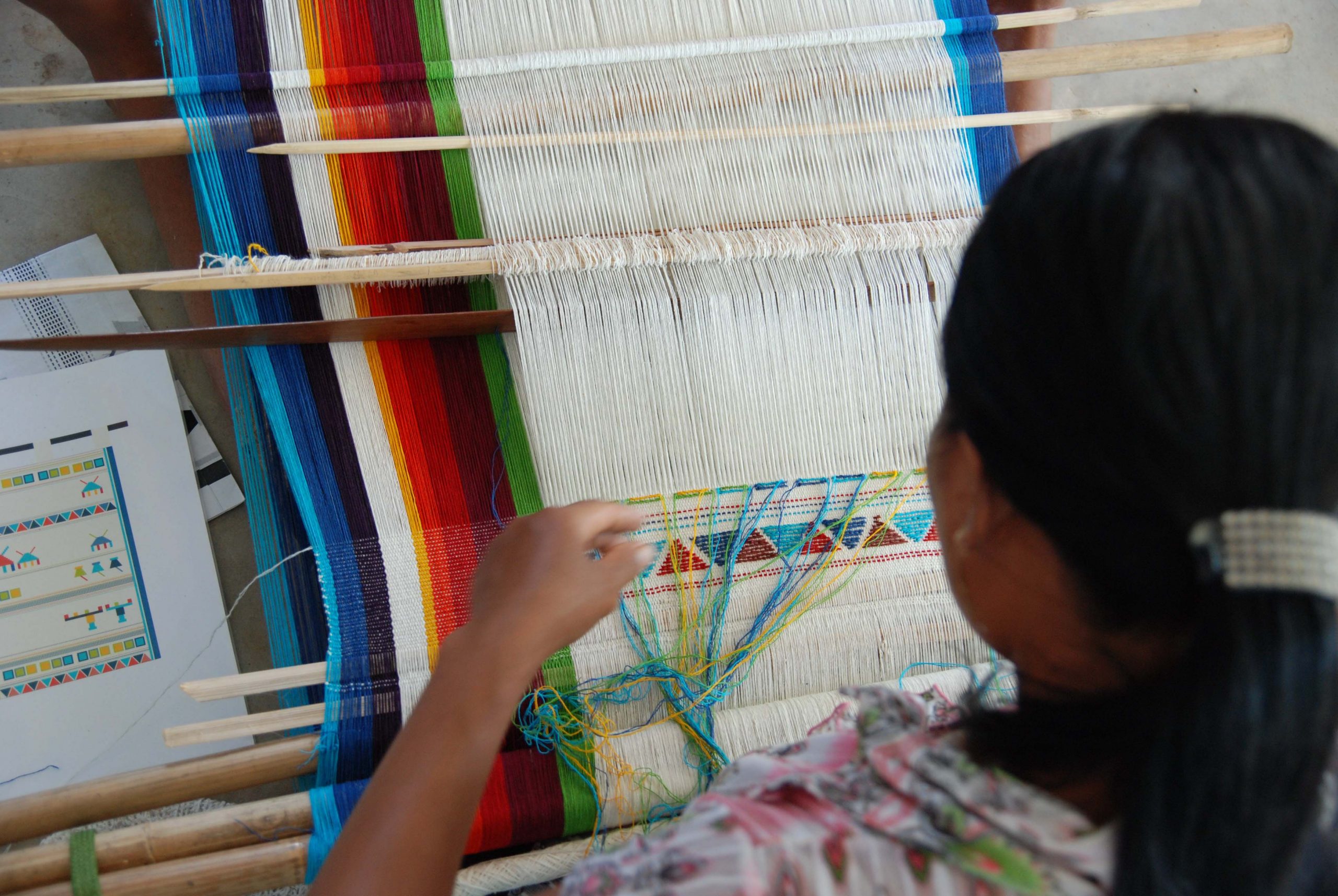
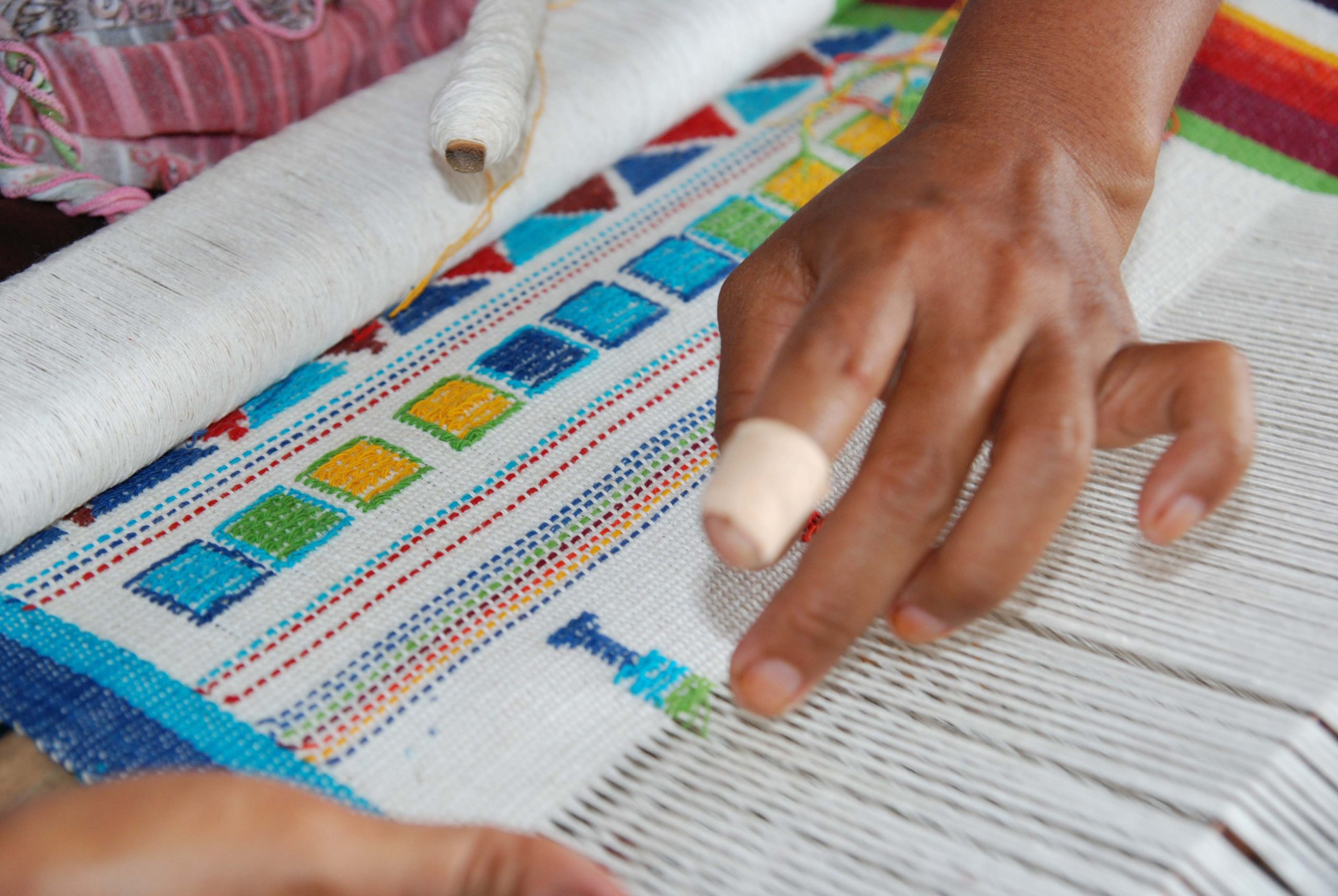

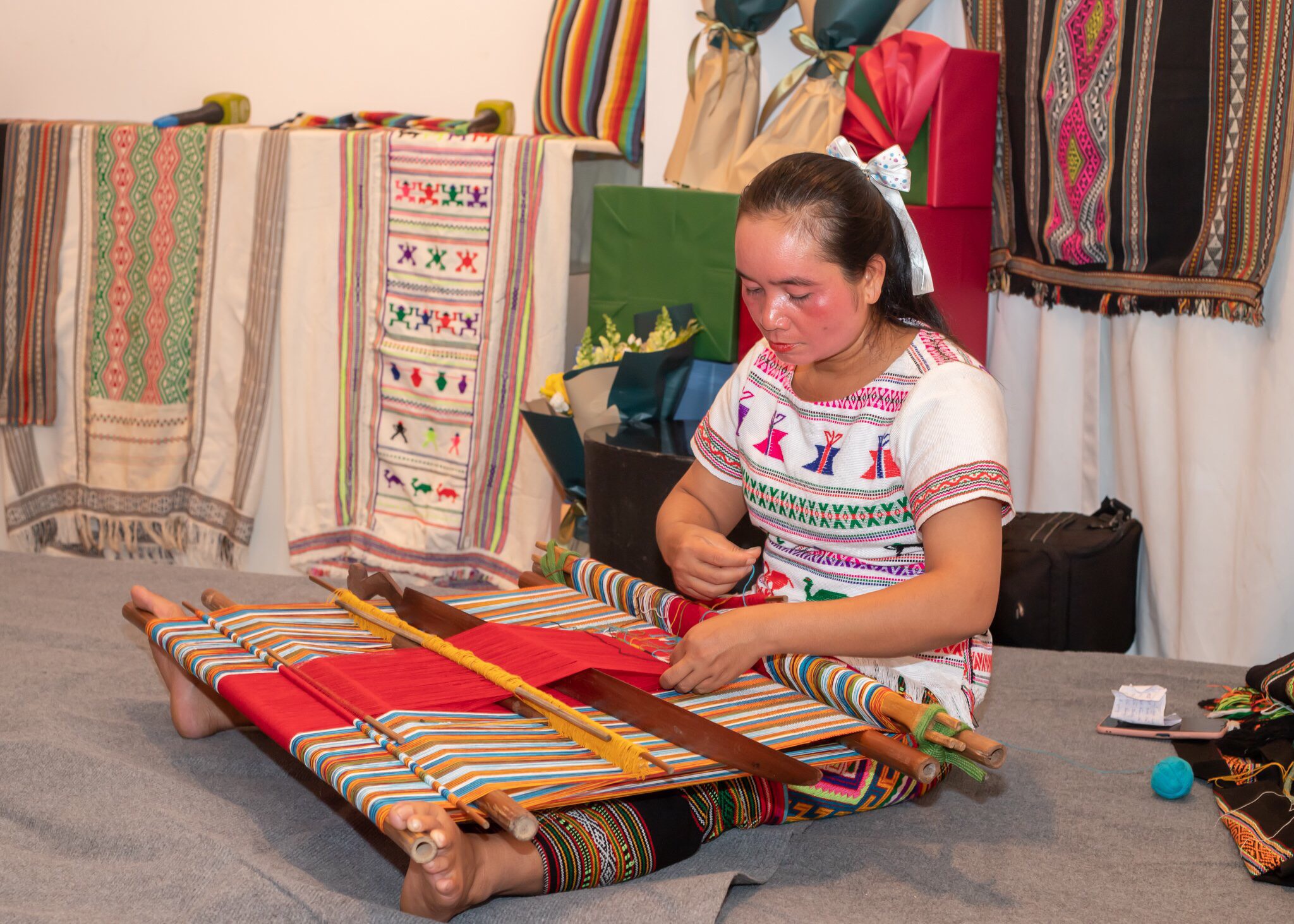
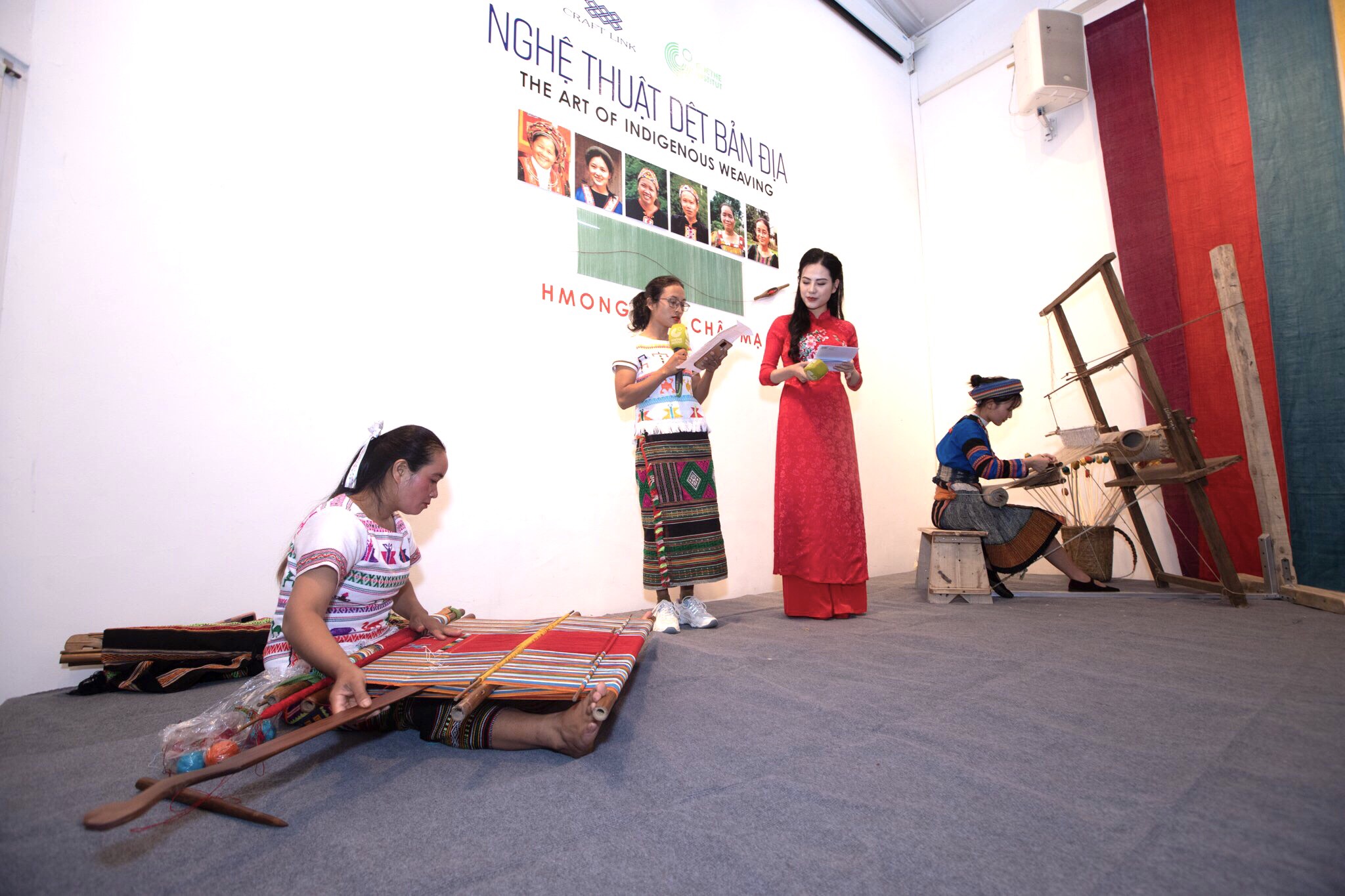
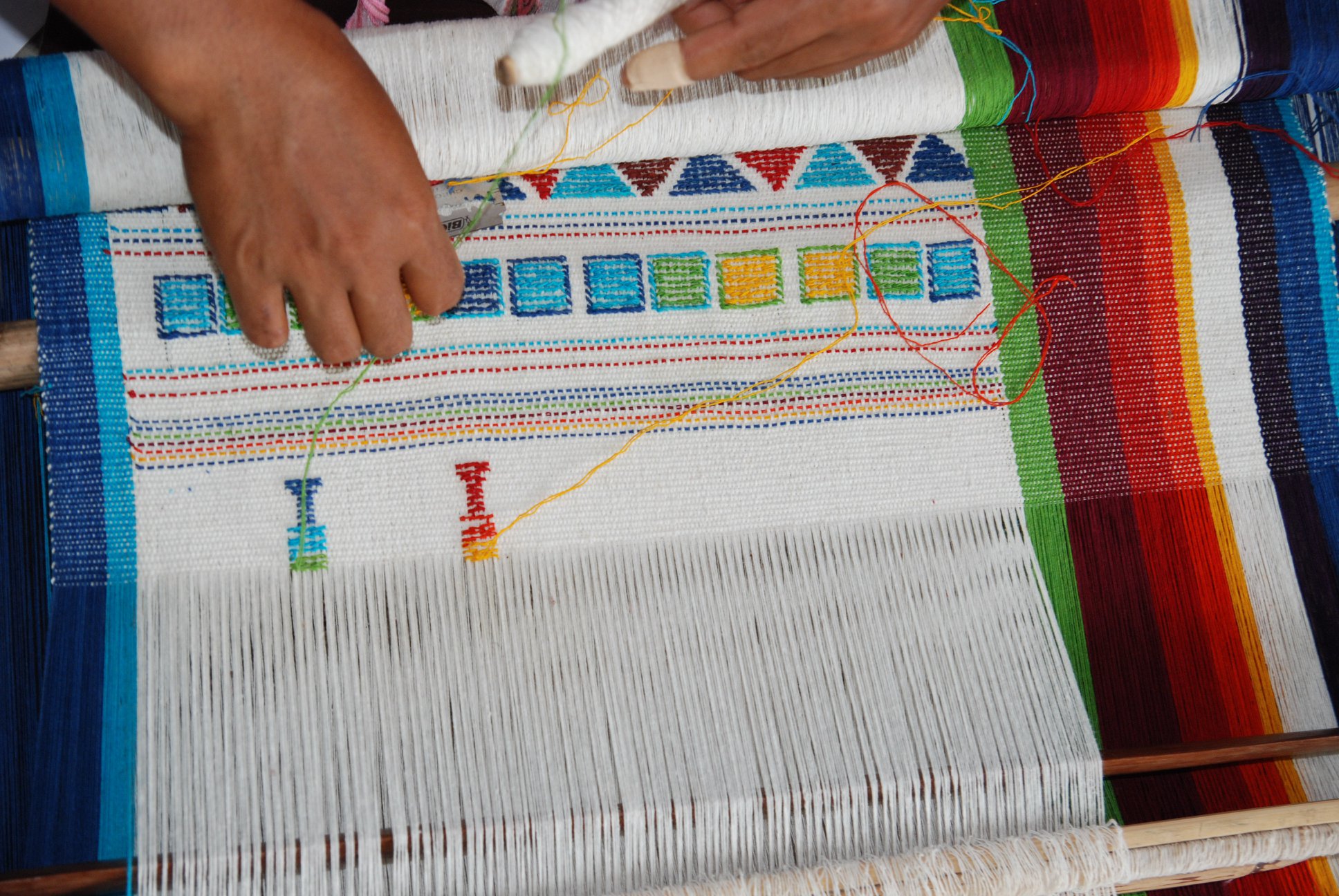
For more information about this project, please contact:
CRAFT LINK 51 Van Mieu Str., Hanoi, Vietnam
Tel: (8424) 3733 6101
Email: craftlink@craftlink.com.vn
Web: www.craftlink.com.vn
FB: facebook.com/craftlink.com.vn
IG: instagram.com/craftlinkvietnam





